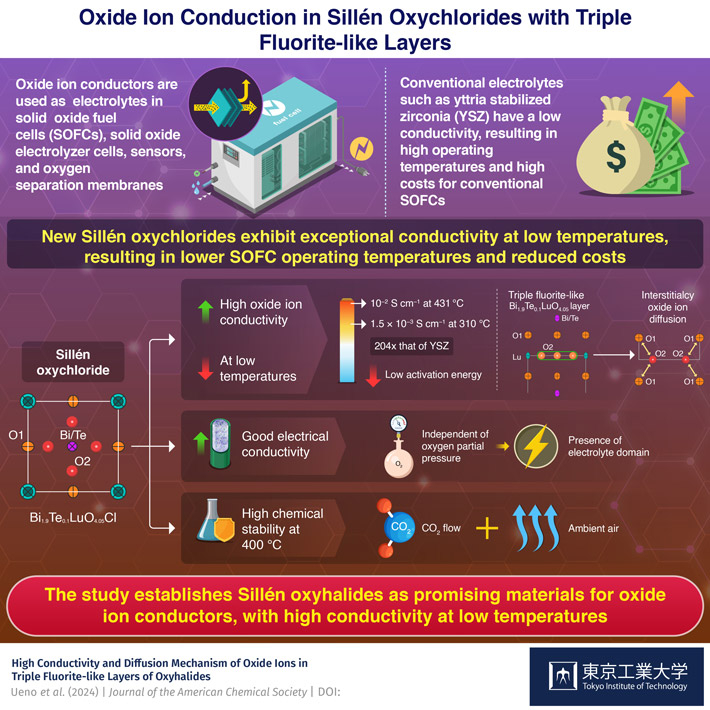The Commerce Commission has issued its decisions on key inputs and approach for calculating the maximum revenue Transpower may recover and the minimum quality standards it must meet under its individual price-quality path (IPP) for the period 2020 – 2025.
Transpower owns and operates New Zealand’s national grid, transmitting electricity from where it is generated to major users and to local lines companies that distribute it to homes and businesses. It is subject to price-quality path regulation that sets the total revenue it can earn from customers as well as the minimum quality of service it must deliver.
Deputy Chair of the Commission Sue Begg said that today’s decisions on expenditure and quality standards were a key step towards the final determination due in November 2019.
“We have made minor adjustments from our draft decision to how much Transpower needs to cover its infrastructure (capital expenditure) and operating costs over the next five years, while continuing to meet our expectations on delivering acceptable service quality. The amount we built in for capital expenditure has increased by $25 million to $1399m, with operating expenditure increasing by $36 million to $1425m, compared to our draft decision.”
As indicated in the draft decision, Transpower’s overall revenues are expected to reduce when compared to the current period, primarily due to changes in the cost of capital.
“Interest rates have continued to fall since our draft decision, further reducing the financing costs Transpower will face – which have to date dropped from 7.19% per annum for the current period to 4.87% per annum in the next five years. We are due to publish the final cost of capital rate in October, and this will feed into final revenue numbers to be published in November,” Ms Begg said.
Transpower has forecast greater investment will be needed in its network from 2025, which is likely to result in an increase in transmission prices for the next five-year period. Ahead of that period of increased investment, it will be important that Transpower continues to improve and report on its asset health and criticality modelling, customer engagement, and accuracy in estimating the cost of its projects.
A copy of the Commission’s decision is available here. The final determination to give effect to the Commission’s decisions will be published in November 2019, which will take into account decisions on a few outstanding matters, including an updated cost of capital rate.
Background
Transpower is a State-Owned Enterprise that owns and operates the national high voltage electricity transmission network. Transpower is also the system operator, responsible for managing the real-time coordination of the electricity market.
As it is the monopoly supplier of electricity transmission services, the maximum revenue that Transpower is allowed to earn from its customers and the minimum quality standards it must meet are regulated by the Commission under Part 4 of the Commerce Act 1986. The Electricity Authority estimates that transmission charges make up about 10% of a typical household electricity bill.
Price-quality regulation is designed to achieve similar outcomes to competitive markets so that consumers benefit in the long term. This includes making sure that monopoly suppliers are limited in their ability to earn excessive profits and have incentives to innovate and invest in their infrastructure and deliver services at a quality their customers expect.








